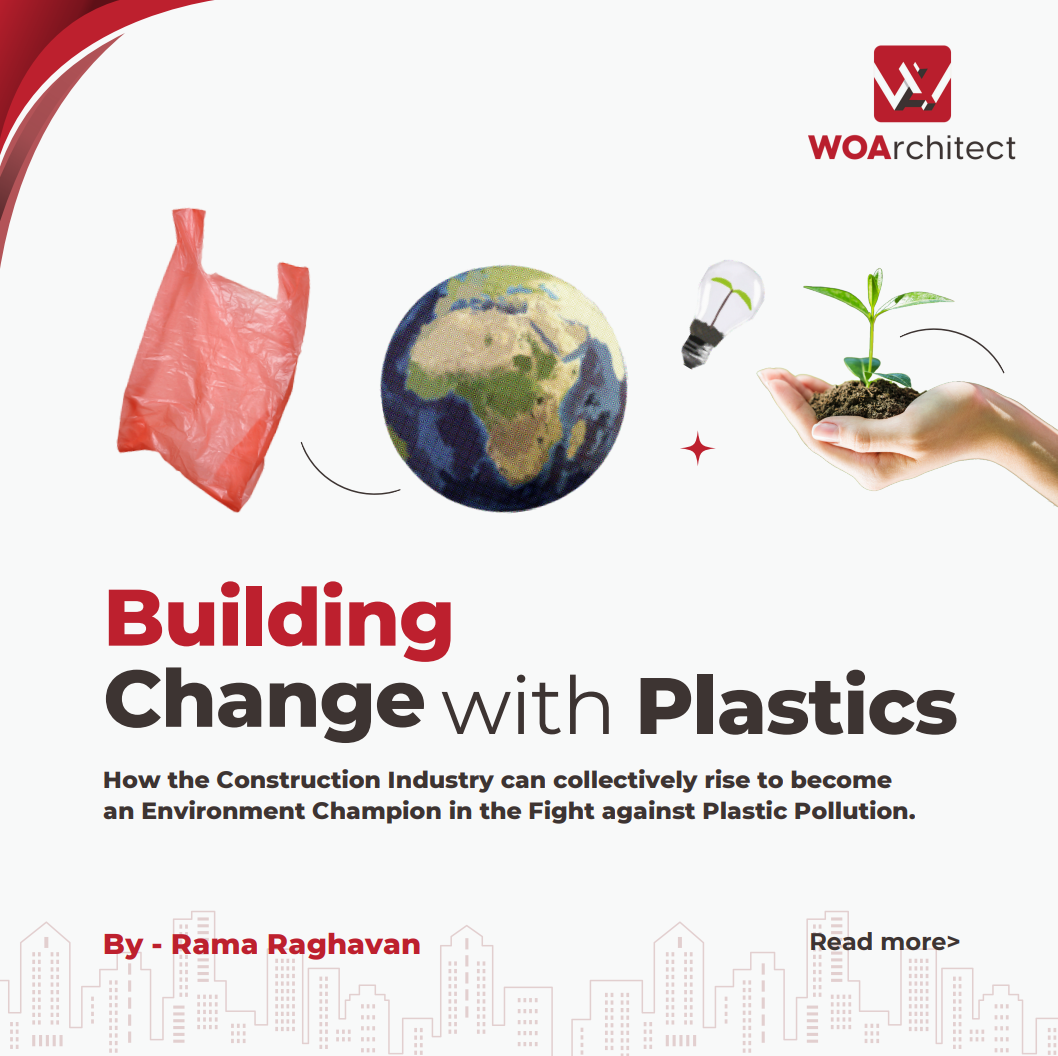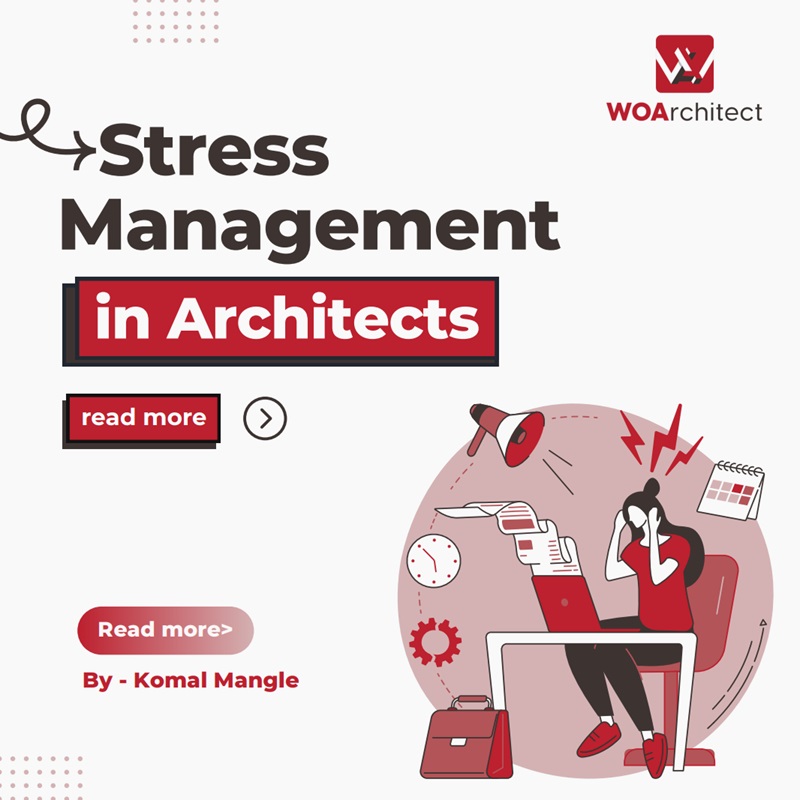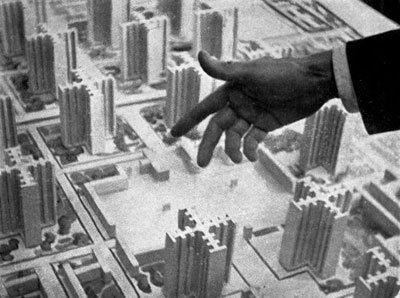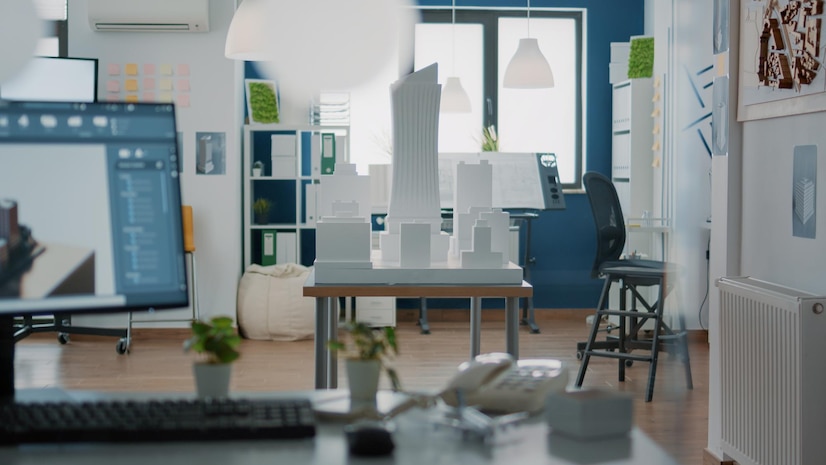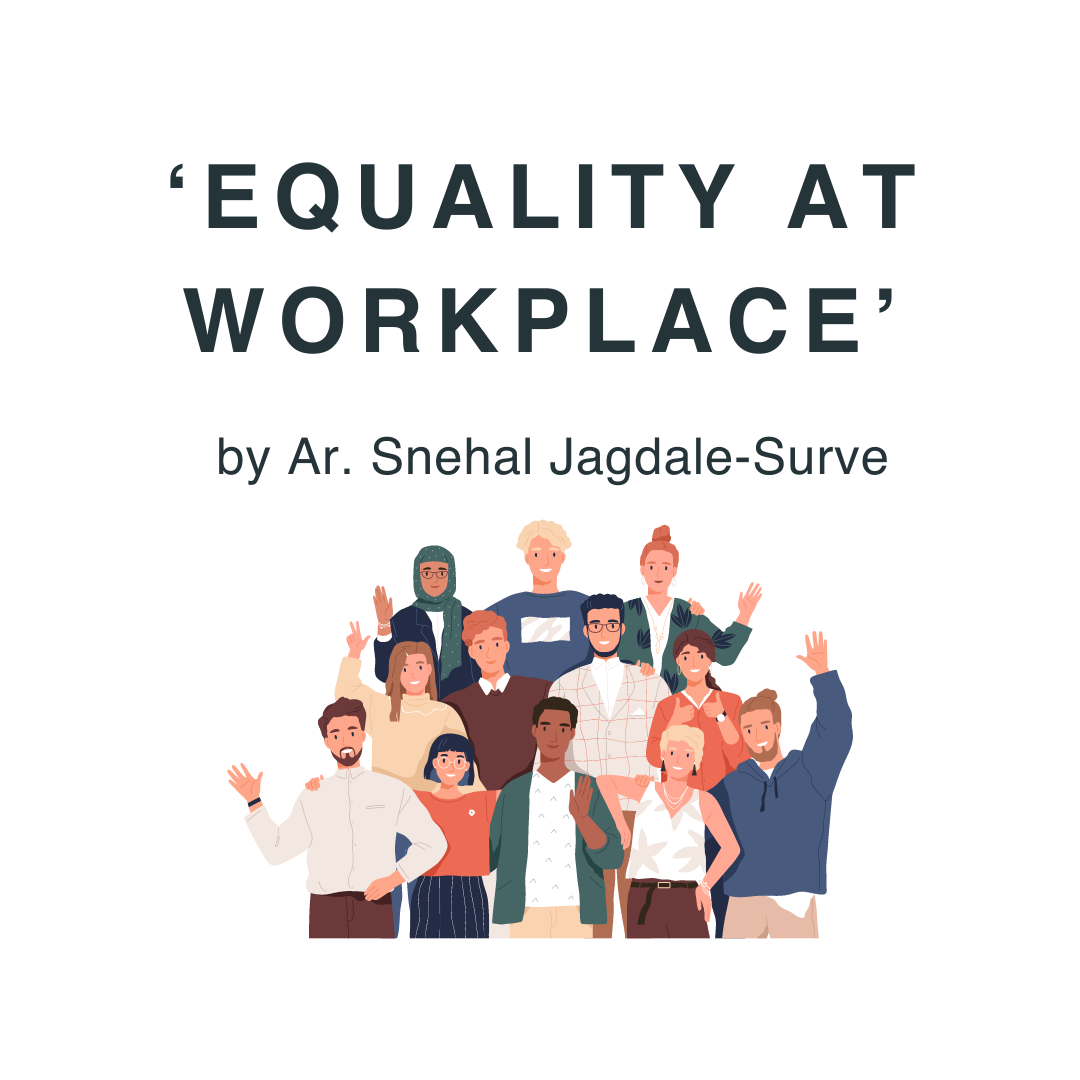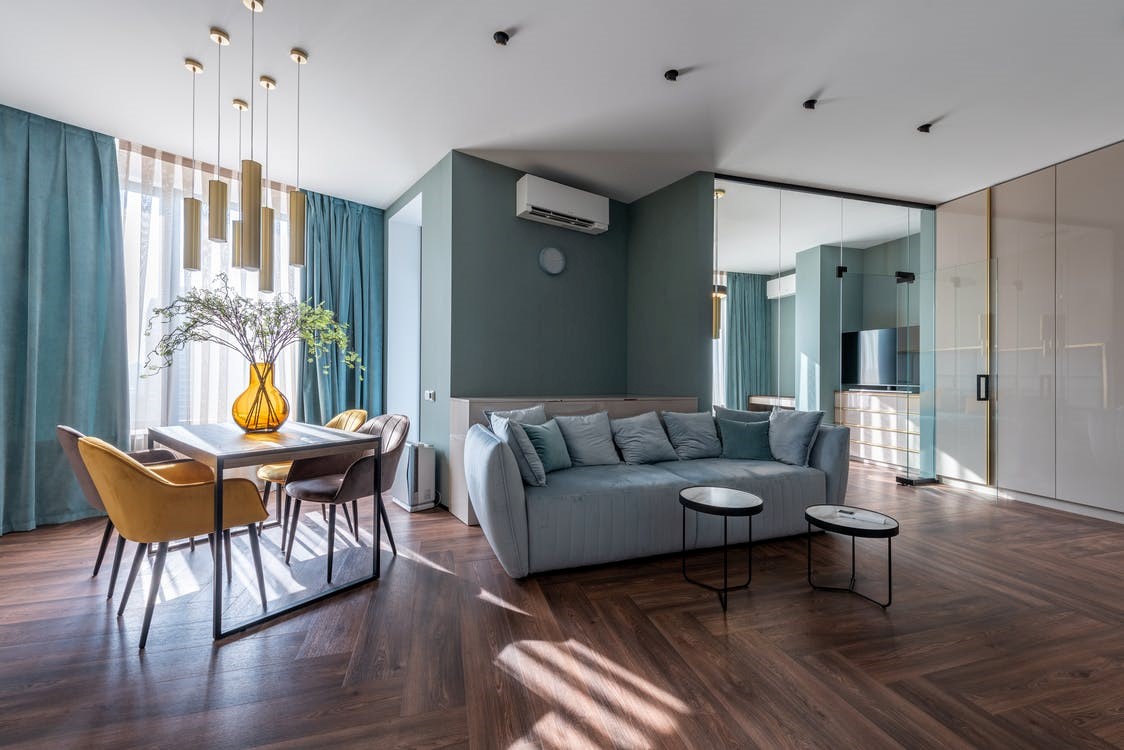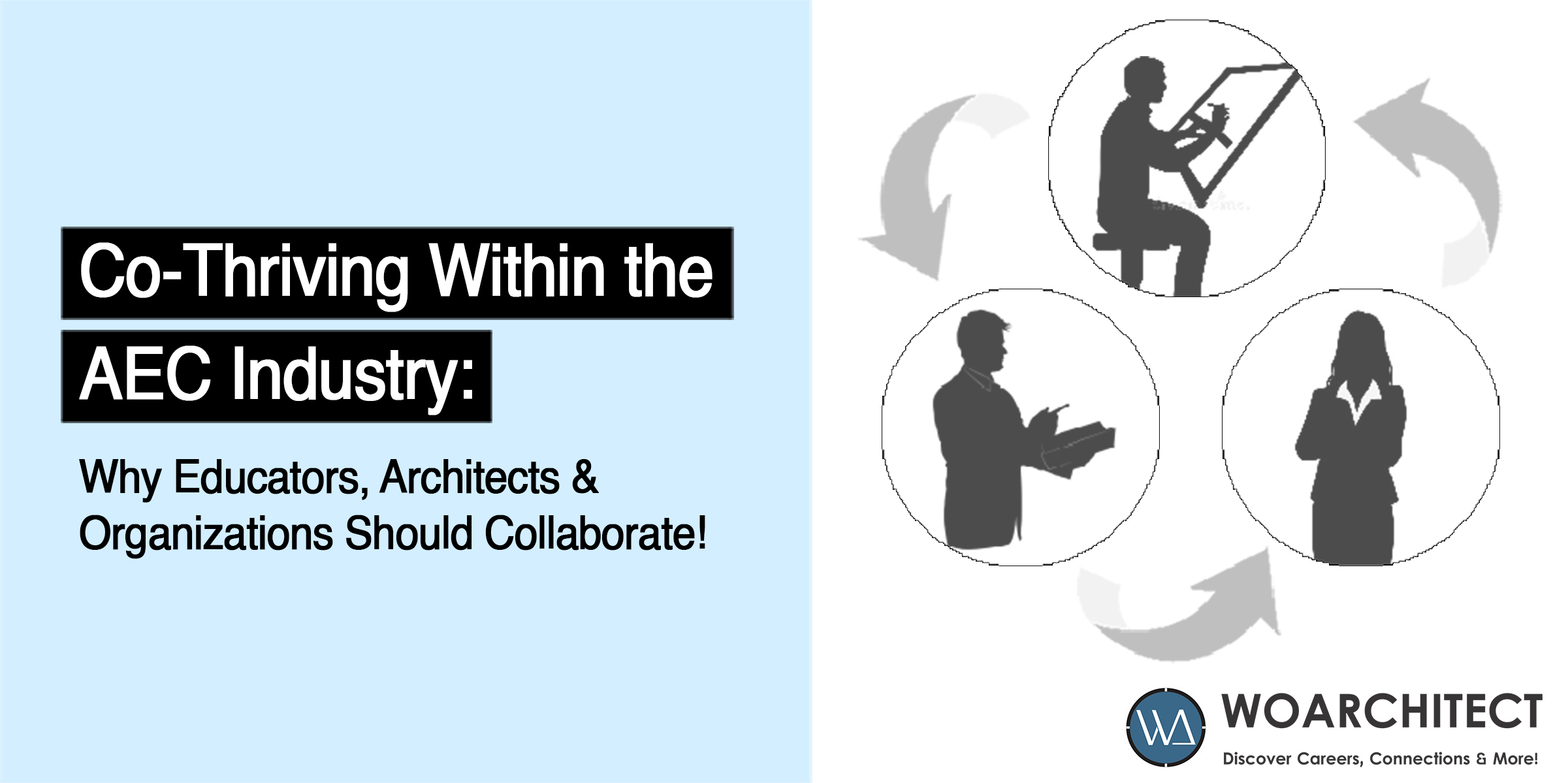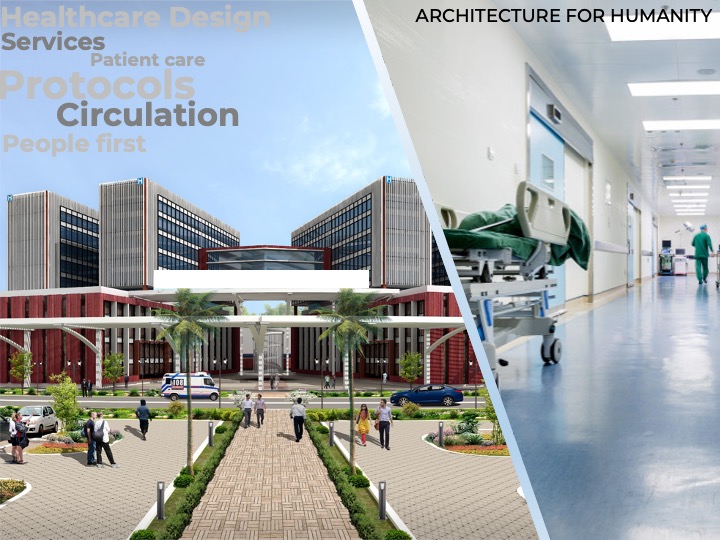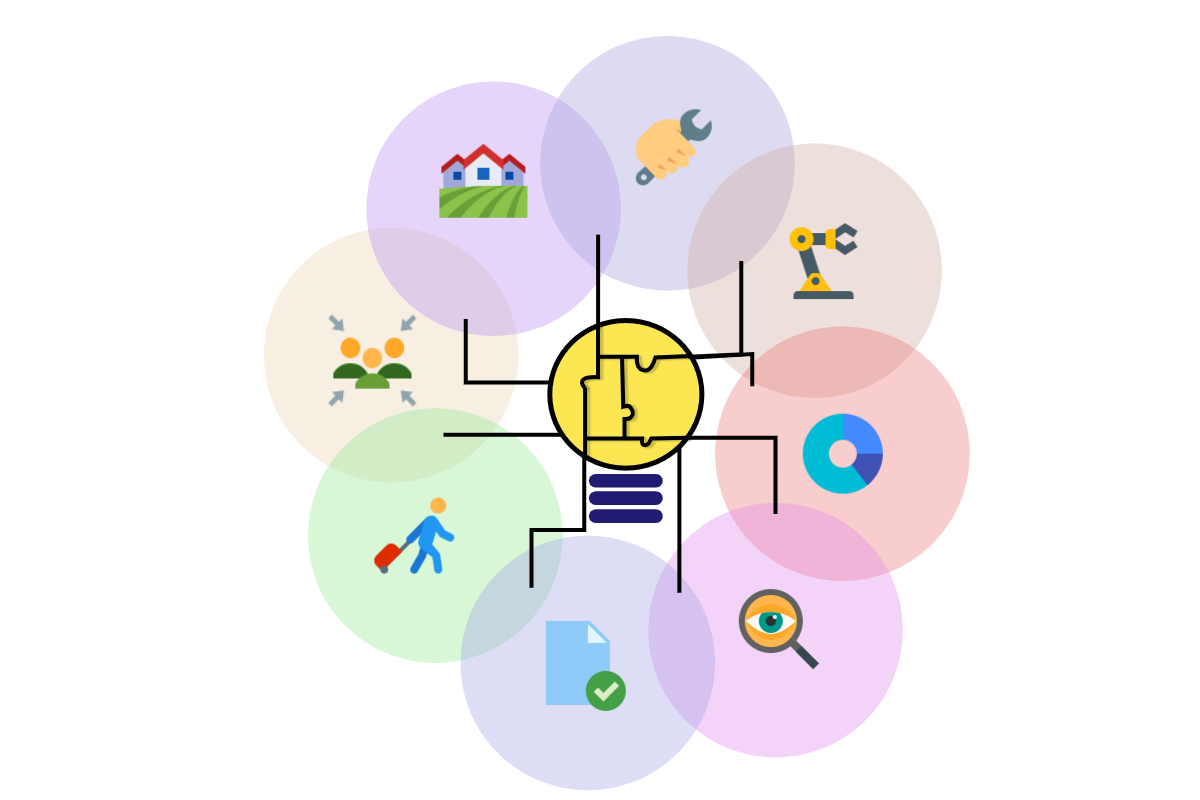
Will architecture have scope in the future?
The question of how the architecture field is going to sustain itself in the future is prevailing in the contemporary professional industry. As it involves spending both time and money that is substantially high when compared to other creative fields. Students who fail to research completely about the field are facing a challenging time in figuring out their careers once they graduate. Furthermore, there is a growing concern that innovation in technologies and software in the construction industry has reduced the scope of architects working in an organization.
What makes architects unique from other professionals?
Architects are trained to perform as a generalist right from an initial stage; to have a piece of knowledge about every field associated with building up a project. This makes them stand out from a specialist and makes them capable of coordinating and bringing other professionals together. At the start of their career, it might be an intimidating experience but they excel later on with experience and confidence as they start practicing. Throughout the architecture school, they are introduced to various design practices and concepts that when properly implemented will have fruitful results in the future. The capability of working to and fro, learning and unlearning, creating prototypes before sticking to one solution, and always questioning ‘what if’ is what makes architects unique.
“Architects are late bloomers”
Understanding the whole meaning of this quote truly matters the most when practicing architecture. Contemporary practitioners who are opting out for better opportunities as they think they’re not successful is one of the commonly committed mistakes. When compared to other professions, the gestation and training period in Architecture is a long one and that might be encouraging young architects to switch fields.
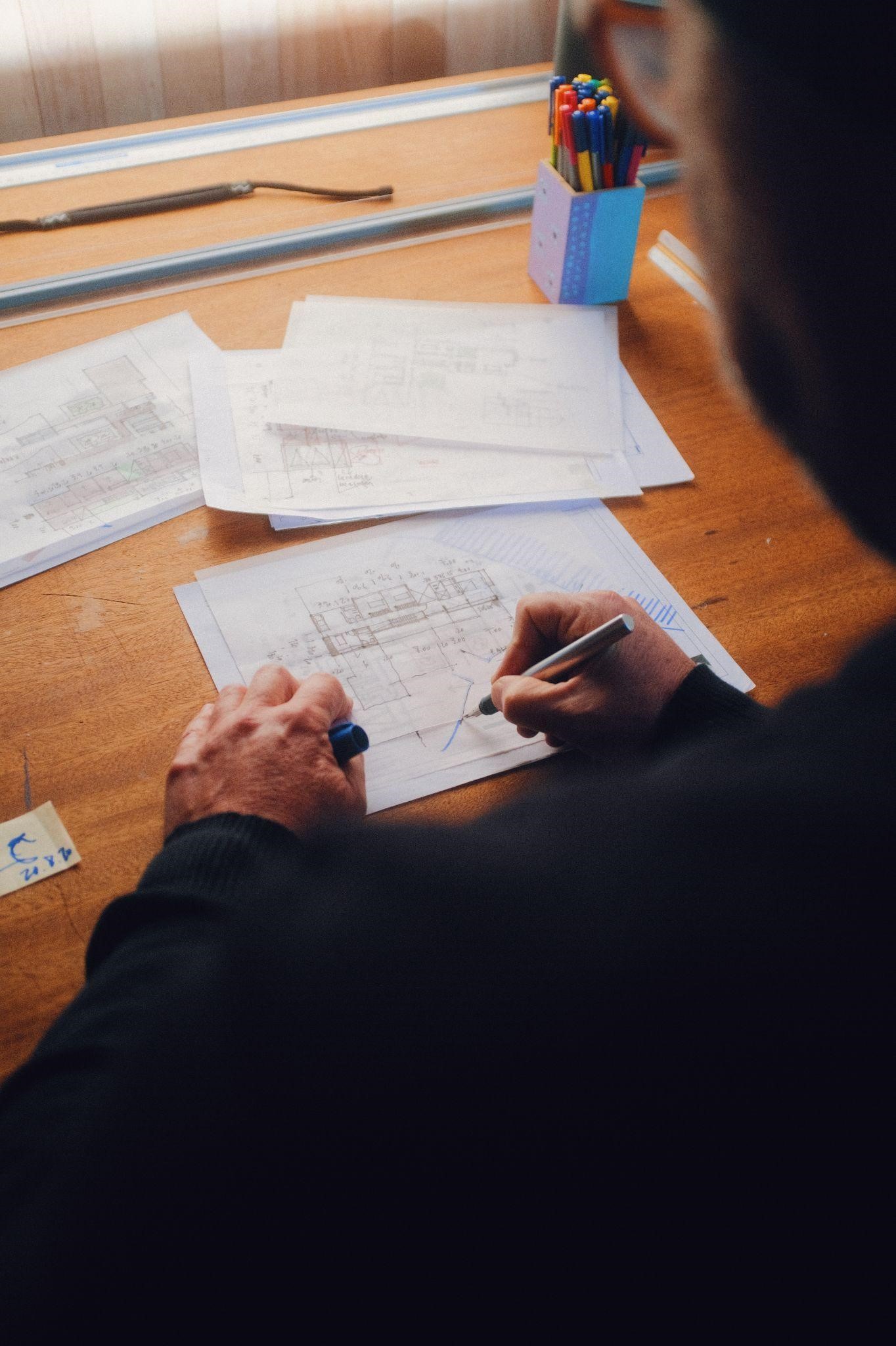
Architects, have several interests and have a basic knowledge of every design field. They are most likely to switch to creative fields such as graphic design, set, and production design, content creators, 3D visualizers, etc. Another booming industry in recent times that has invited a lot of architects is the UX design field. All around the world, this has been trending for the past 10-15 years. Even architects who have been practicing for over 10 years are opting to switch to this field for better financial and professional benefits. Having enough leisure time is crucial for maintaining a creative career, which helps designers work more effectively. In particular, the hectic work culture drains architects and makes it difficult for them to enjoy their time. Although every fresher starting in a design field takes some time to flourish in their career, it is quite long in the architecture field. Which results in the career switch on a larger scale.
Architecture remains a field that involves mastering a broad set of knowledge. As the field evolves, architects must train themselves to keep up with it. Architecture deals with much more than just providing shelter. It is the most important thing to be understood by the students that architecture delivers a deeper meaning than it appears. We get emotionally attached to the space where we spend the most time. For instance, even a minor change in the window size might affect the whole mood of the room. Having said that, it takes years together to understand the basic concepts in real-life application.
As students, we are allowed to work on a design project within a particular timeline and problem statement. Moving to the professional view of the same, it takes longer than expected to execute a particular work. As it depends on the input of professionals and materials from various other fields. This truth has to be understood early in education to understand and accept the difficulties in real life. Managing and working out both the field of design and construction is what is considered a true skill of an architect. Although there are design theories and principles, it truly depends on how architects learn through their mistakes. Embracing every failure can teach something strong and new that can be carried on forever. Remaining patient is the key.
Architecture for the future:
As it is evident, we will be eventually dealing with serious environmental issues in the upcoming years. It will be challenging for architects to design and build shelters that will respond to and mitigate the changing climatic condition. There will be an enhancement in every branch of architecture from finding a sustainable building material to coming up with an appropriate execution process. Work towards these developments has already been put into action and several prototypes are being tested. With urgent requirements and satisfying future necessities, various technologies are being tested and applied in real-life projects. Considering the environmental factors, architects are developing theories that will play a major role in safeguarding and creating positive reactions on the planet. The consistent efforts of discovering appropriate building materials that will be recyclable and sustainable and exploring them are booming. The concept of designing climate-responsive buildings is becoming state-of-the-art in the architecture industry. Although they follow a simple theory of designing in response to the climatic conditions of the context. It involves complex execution processes which are why the development of AI is getting all the attention.

Shelters designed for the future population will serve much more than just roofs and walls. The housing development is working on advanced requirements of monitoring the health condition of humans. Especially people who require extra attention, like senior citizens, specially challenged or people with autism. The future will be about making people less dependent on other people’s support. The houses in which they spend their daily life will serve as a living shell that will help them in keeping a track of their needs.
Artificial Intelligence Vs Architects
Architects and designers may wonder how they will survive the future era of artificial intelligence. The situation of these advanced developments will not ultimately reduce the scope of architects. In a contrast, it will serve as a third hand for them by properly storing information and providing them when required. Architects will be expected to understand how these technologies will be used rather than using traditional software. This situation can entitle architects to equip their skills much better to sustain themselves in the world of advancing technologies. Unlike robots, Artificial Intelligence requires a small number of human efforts such as visual interpretation and design-making.
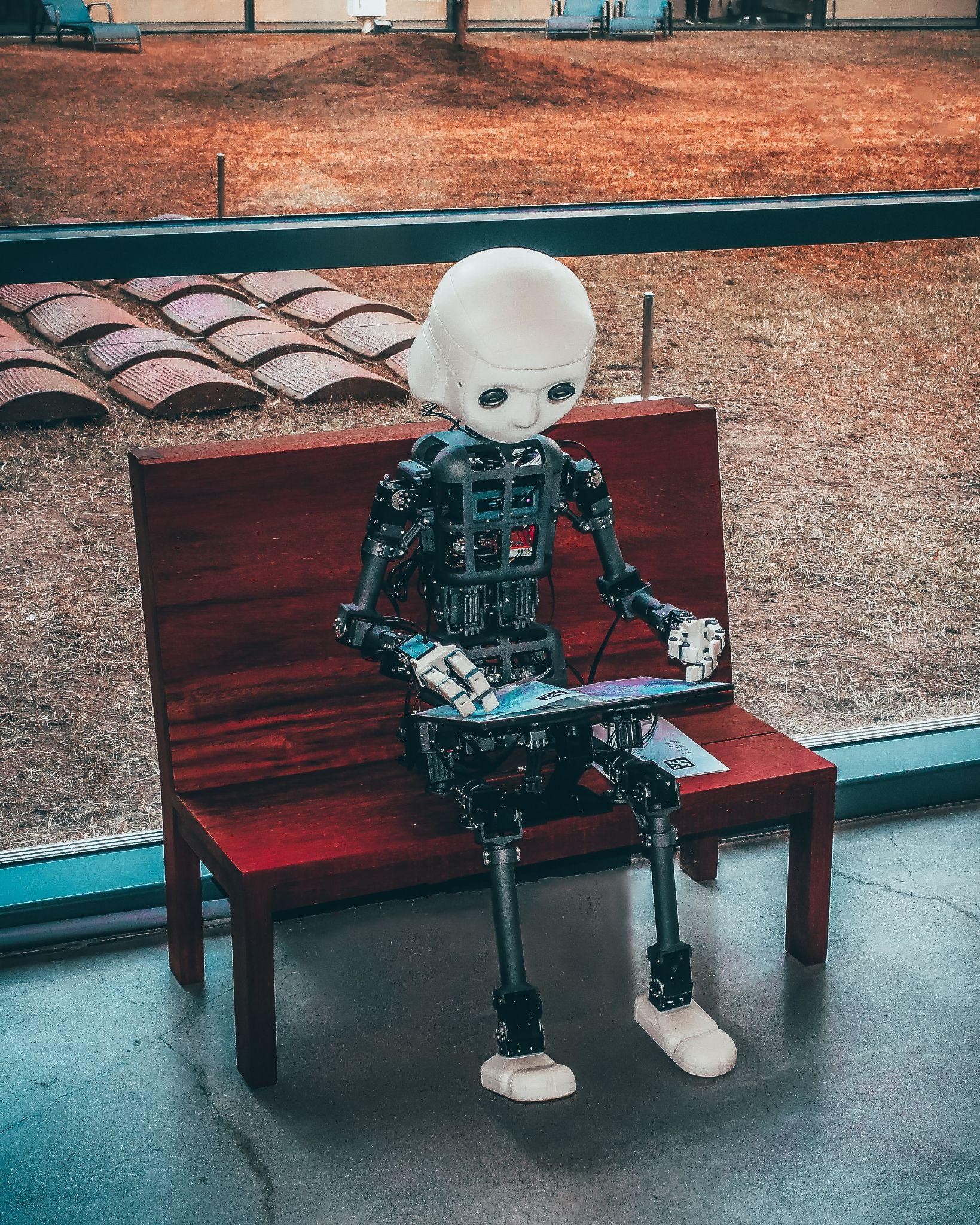
Despite this, there will be a decrease in the number of architects due to the replacement of manual interpretation with software programs and machines. And an increase in the need for architects who have a better knowledge about these programs. The application of software to work out the drawings and other technicalities of a project might be required at a later stage. Factors related to the environment and technical calculations will be resolved in a better way with the help of AI. Every micro field within architecture and construction companies would require the assistance of these tools to perform the works comparatively faster and with fewer errors. Hence, it is believed that AI and architecture can never be against each other. Instead, they will work together for the betterment of the world in the future.
Taking design to new heights:
As architects and designers are working towards creating better habitats for earthlings, there is a question of how the distant future will be. The question of ‘what if the human wants to explore space?’, ‘What if the earth is not the only place to thrive?’ or ‘Do we have a substitute planet to live on?’ These questions are being explored by architects and aerospace engineers. Paving the way for the future, they're experimenting with materials and other psychological factors to make the space feel like earth. Several theories have seen progressive results while some are still under experiment. These futuristic views are paving the way to discover potential theories such as floating design, designing shelters in extreme environmental conditions, etc.
Not only architects, but the local people who are closely associated with the nature of these extreme environments are coming up with innovative ideas to sustain it. As their lifestyle is extremely influenced based on this factor, they’re affected the most by it. Designing for various contexts and climatic conditions such as high mountains, hot deserts, rainforests, deep oceans, outer space like Mars, the moon, etc, has been under observation for a long time. With the help of advancing technologies architects and designers are making prototypes and testing them in real-life scenarios.

Answering the question: Yes, architecture will have scope in the future, but it will flourish as a highly competitive field to pursue.
As the quote by Zaha Hadid goes like
“If you want an easy life, don’t be an architect”
It involves a lot of perseverance to be in the field of architecture and deal with a huge number of professionals simultaneously. It can be intimidating at the beginning of the career starting as a junior practitioner. The process of designing and executing a building takes years and requires consistent efforts to get it done. Nevertheless, once you acquire the skill of dealing with and managing tasks and people, you will find it to be among your most valuable possessions.
Architects who switch to other fields at an early stage are concerned about this aspect. In addition to this, other societal factors are also reflected in the field. Recently, during the covid period, there was a huge breakdown in several fields including architecture and construction field. Which resulted in the drastic breakdown of employers’ economy. All these factors have shown architects to survive the most difficult times and find other ways to sustain themselves in this evolving world. Human needs and environmental changes are never-ending factors that will always pave way for architects to encourage them to work on new concepts.
Note: All images are sourced from unsplash.com
About the Author:
Amodini Allu, an amateur enthusiast, who is an architect by day and an observer as a whole push her limits to explore herself as an artist and relate her works with Architecture. She truly believes that studying Architecture has laid her a basic platform to try every possible thing to exhibit her works.
Right from the beginning, the sole intention of exploring the various fields of design such as interior design, product design, etc., has led her in trying them. Apart from academics, she has developed the habit of reading various books on architecture and design. She also discovered her love for writing through her experience while working as an editorial intern for an Architectural platform. Which led to writing about usual things happening around through the eyes of an architect. Author can be reached at: amodiniallu@gmail.com


